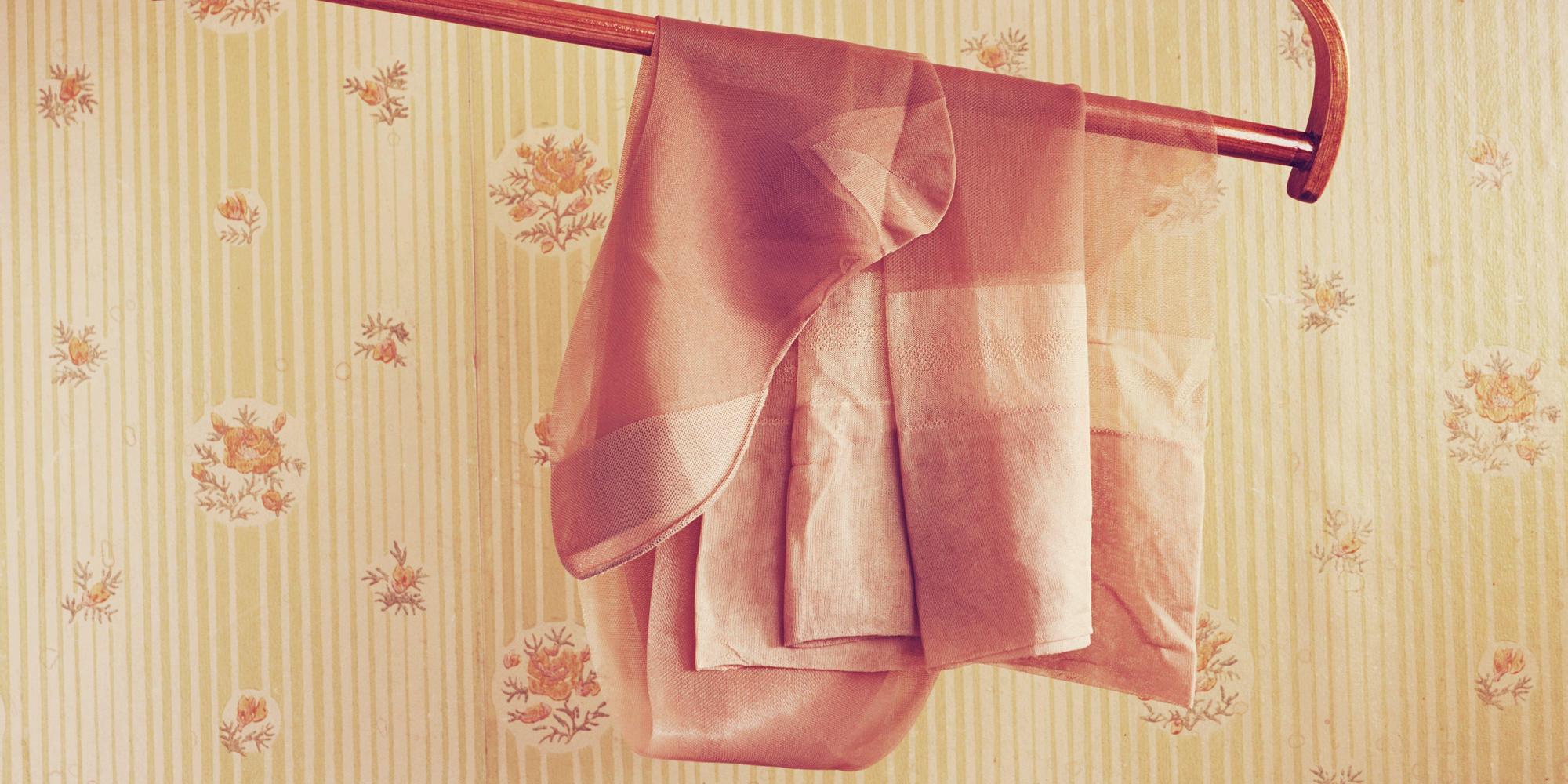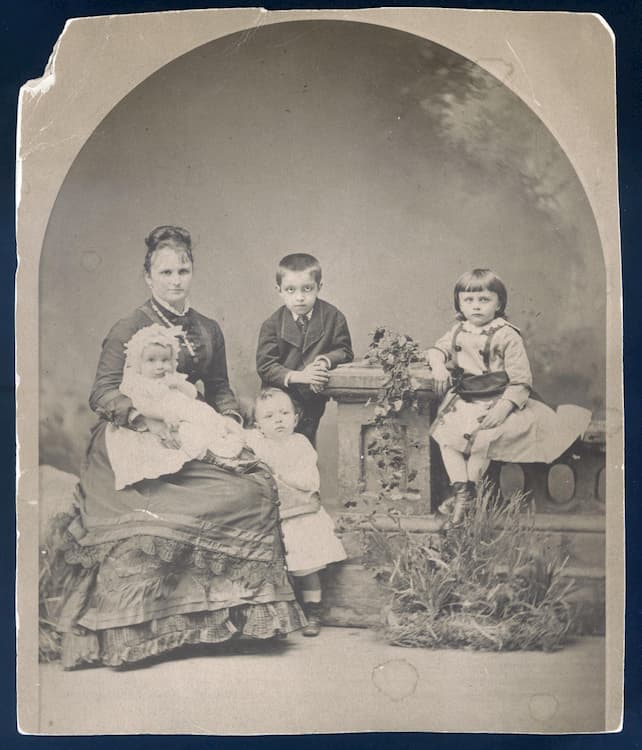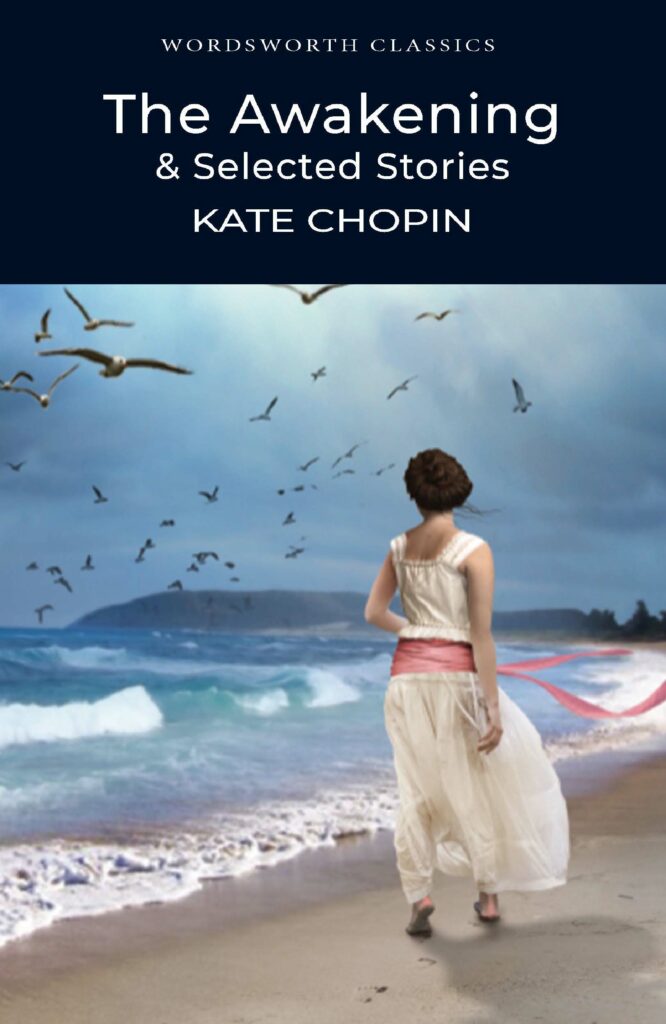
Kate Chopin: Two Stories
Kate Chopin was not a conventional woman. She was a professional writer at a time when it was unusual and somewhat irregular for a woman to have such an occupation. She was unconventional though, before she became a writer and shocked her in-laws with her behaviour which would have seemed most unladylike in New Orleans during the 1870s. This shocking behaviour consisted of expressing her opinions freely, smoking, and walking around the city unaccompanied. For more detailed information, the Introduction to the Wordsworth Classics Edition of The Awakening and Selected Stories provides a comprehensive account of her life and work. Kate Chopin: Two Stories

Kate Chopin and family
In a way it was both tragedy and necessity which turned Kate Chopin into a writer. In the space of a few years she experienced two life changing losses. Her husband Oscar Chopin died of malaria in 1882, leaving her with six children. Two years later she left New Orleans with her children and returned to St Louis to live with her mother. Sadly, her mother died the following year. On Oscar’s death the family physician had suggested that writing might be a therapeutic pastime and after the death of her mother she began to embark on such a pursuit. Following a not very successful novel, At Fault (1890) she turned her hand to short stories and produced a large number over the coming years. Many of these were published in newspapers and magazines and then compiled in two collections published during her lifetime – Bayou Folk (1894) and A Night in Acadie (1897). Although she is probably best known for her novella The Awakening (1899), a text which was highly controversial at the time of publication, her short stories are also worthy of attention. I have selected two to focus on, although the others in the collection are all engaging.
‘The Story of An Hour’
This story was written in April 1894 and published in December of the same year in Vogue magazine under the title ‘The Dream of an Hour’. It was then republished in St Louis Life in January 1895 as ‘The Story of an Hour’. It is a very brief story, just a few pages in length. The opening lines set the scene of what will be a deceptively simple tale, but with a twist at the end:
Knowing that Mrs Mallard was afflicted with a heart trouble, great care was taken to break to her as gently as possible the news of her husband’s death.
On hearing the news, Louise Mallard weeps with ‘wild abandonment, in her sister’s arms.’ Following this, she retreats to her room alone and the third person narration provides a detailed psychological insight into the thoughts of Louise as she gazes out of her window and attempts to cope with her feelings of shock.
In this tightly woven exploration, Chopin uses some suggestive symbolism to alert the reader to the inner workings of Louise’s psyche. To start with, the choice of phrase ‘wild abandonment’ in order to describe Louise’s expression of grief is an interesting one, indicating she is breaking out of expected emotional constraints. As she gazes out of the window, on more than one occasion she is aware of ‘patches of blue sky.’ Signs of hope perhaps? One of her most intriguing thoughts though is when she realizes:
There would be no powerful will bending hers in that blind insistence with which men and women believe they have a right to impose a private will upon a fellow creature.’
Now this is an interesting and rather remarkable reflection on the nature of marriage at a time when men and women had very clearly defined gender roles within society and within the home. The idea of imposing or bending another’s will would seem far from harmonious. My intention is not to reveal the ending as it is well worth a read, not just because of the intensity contained within just a couple of pages, but also for what Chopin does as the story closes.Kate Chopin: Two Stories
‘A Pair of Silk Stockings’ Kate Chopin: Two Stories
This was also one of the nineteen stories published in Vogue. ‘A Pair of Silk Stockings’ was published a few years after ‘The Story of an Hour.’ It was written in April 1896 and published in September 1897. This is a slightly longer story, but Chopin is still working with an economy of words. The short opening paragraph implicitly establishes some detail:
Little Mrs Sommers one day found herself the unexpected possessor of fifteen dollars. It seemed to her a very large amount of money, and the way in which it stuffed and bulged her worn out porte-monnaie gave her a feeling of importance such as she had not enjoyed for years.
So, what can we glean from this? Well, there is the suggestion that Mrs Sommers had previously been wealthy and felt important, although it would seem this was some time ago. Fifteen dollars may not have seemed like a large amount of money, but in fact it was and would have given her an equivalent spending power of approximately five-hundred and forty dollars.
Mrs Sommers passes a couple of days thinking about what to do with the money. She decides against investing all of the money, instead she settles on buying a list of items for her children rather than making do by ‘skillful patching’ of their clothes. Her ‘make do and mend’ approach and the neighbours’ talk of how she had known ‘better days’ before her marriage make clear her change of circumstances.
On the day of her shopping trip she feels ‘a little faint and tired’ and realizes ‘between getting the children fed and the place righted, and preparing herself for the shopping bout, she have forgotten to eat any luncheon at all!’ Whilst looking at fabric for making shirts for her sons her ungloved hand (another sign of her lack of wealth as ladies always wore gloves) happens to brush against a pair of silk stockings. There are a large range of colours available in her size and this tempts her to buy a pair. That is it. The spell is cast. Suddenly she notices how the small parcel ‘seemed lost in the depths of her shabby old shopping bag.’ Thus the reader accompanies Mrs Sommers on a different kind of awakening to that of Edna Pontellier which would be the subject of her later novel.
Again, in just a few pages, there is a touching sense of poignancy in the character’s rare indulgence of pleasure as her day continues. In some ways this story has quite a modern feel in the sense that is a tale of a harassed mother indulging in a bit of retail therapy. However, the touches of typical Chopin sensuality as Mrs Sommers absorbs how ‘good was the touch of raw silk to her flesh’ provides the story with a certain amount of depth.
Interestingly, neither of these two short stories were included in her collections Bayou Folk (1894) and A Night in Acadie (1897). We are fortunate to be able to read them in the Wordsworth Classics Edition of her collected works as they offer brief examples of Chopin’s engaging with what would become familiar themes of marriage not living up to expectations as well as the unfulfilled lives society imposed upon women, something she would bring to full fruition in her controversial final novel The Awakening.
Denise Hanrahan Wells
Kate Chopin: Two Stories
Main image: Credit: Zoonar GmbH / Alamy Stock Photo
Image above: Kate Chopin with sons Frederick, George, Jean and Oscar Credit: Historic Collection / Alamy Stock Photo
For more information on her life and works, visit: The Kate Chopin International Society
Our edition of The Awakening and Selected Stories for £3.99 is here
Kate Chopin: Two Stories
Books associated with this article
